১১ পৌষ ১৪৩২
The 10 Asian Countries on Which Trump Imposed the Lowest Tariffs
03 August 2025 14:08 PM
NEWS DESK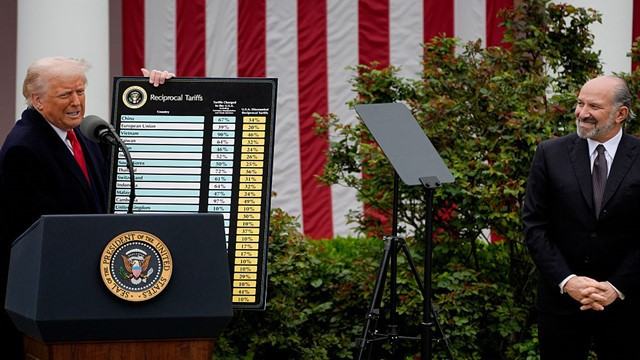
In a surprising shift from his earlier tough stance on trade, President Donald Trump has announced final tariff rates on imports from various countries through an executive order issued on Last Weekend.
While the April 2 announcement signaled steep increases, recent negotiations have resulted in reduced tariffs for several nations - particularly in Asia. Below are the 10 Asian countries facing the lowest tariffs under the new U.S. policy:
Afghanistan - 15%
Despite an initial proposal of 10%, Afghanistan now faces a 15% tariff. Bilateral trade has fallen by 76% since the Taliban's rise to power, with total trade in the previous year at just $34 million, according to Khaama Press.
Japan - 15%
Japan, a key U.S. ally and the world's third-largest economy, saw its tariffs reduced from 25% to 15% after reaching a trade agreement with Washington on July 23. The deal especially benefits Japan’s automobile sector, which forms a major portion of its exports.
South Korea - 15%
Like Japan, South Korea faced a potential 25% tariff but managed to negotiate it down to 15%. U.S. consumers heavily rely on South Korean vehicles and semiconductors, contributing to the successful renegotiation.
Israel - 15%
Tariffs on Israeli goods were reduced from a proposed 17% to 15%. Israel exported goods worth approximately $14 billion to the U.S. last year while importing about $8 billion in American products.
Jordan - 15%
Initially facing a 20% duty, Jordan’s tariff was finalized at 15%. The country exports $3.11 billion worth of goods to the U.S., accounting for 25% of its total exports.
Cambodia - 19%
Although Cambodia faced a 49% tariff threat earlier this year, negotiations brought it down to 19%. As part of the agreement, Cambodia will purchase 10 Boeing 737 Max 8 jets for its national airline.
Malaysia - 19%
After previously facing a 25% tariff threat, Malaysia managed to reduce the rate to 19%. The government emphasized that the trade deal did not compromise national sovereignty.
Indonesia - 19%
Down from a proposed 32%, Indonesia’s tariff was reduced through a trade agreement involving major U.S. purchases. The deal includes 50 Boeing aircraft, $15 billion in fuel imports, and $4.5 billion in agricultural products.
Pakistan - 19%
Facing a potential 29% duty, Pakistan succeeded in limiting it to 19%. The textile industry, which accounts for 60% of Pakistan's exports (a large portion going to the U.S.), stands to benefit the most.
Thailand - 19%
From a proposed 36% hike, Thailand now faces a 19% tariff. The country exported $63 billion worth of goods to the U.S. last year, nearly 20% of its total exports.
These tariff reductions reflect a strategic balancing act by the Trump administration - aimed at protecting American industries while maintaining key geopolitical and economic alliances in Asia.

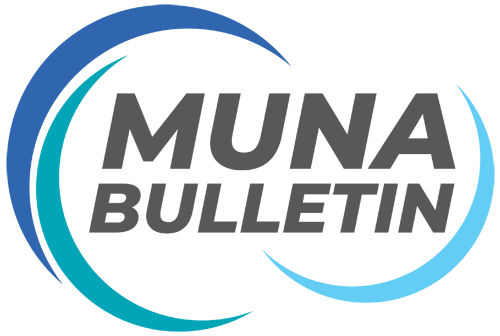


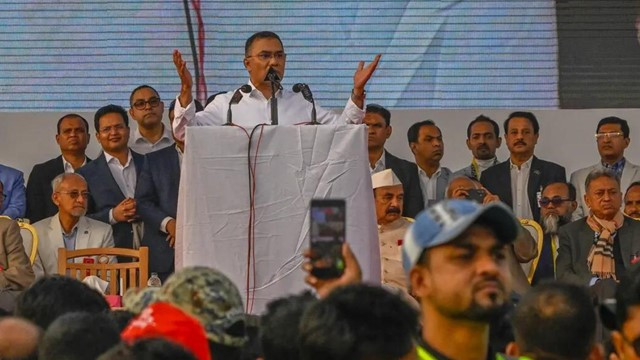





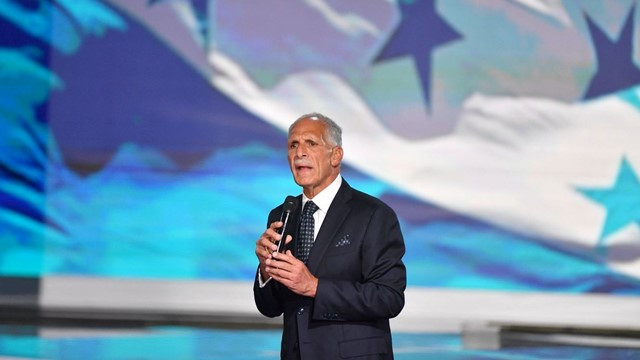
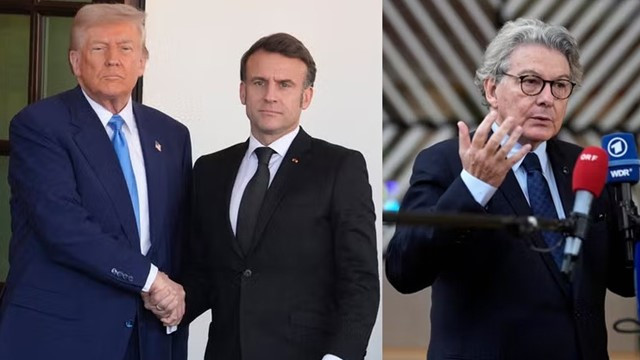
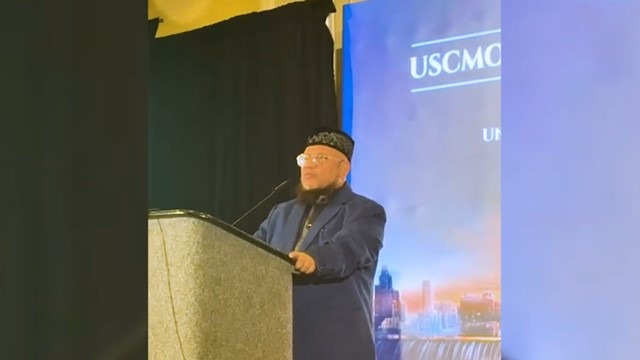

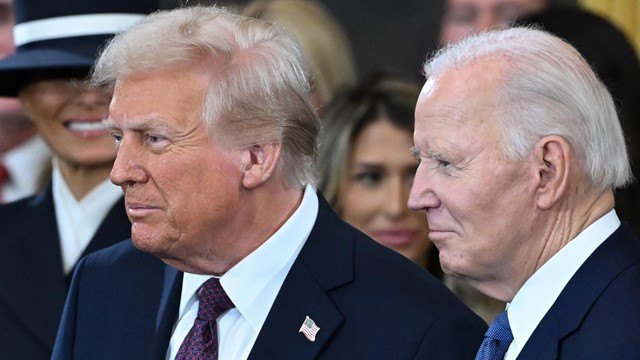

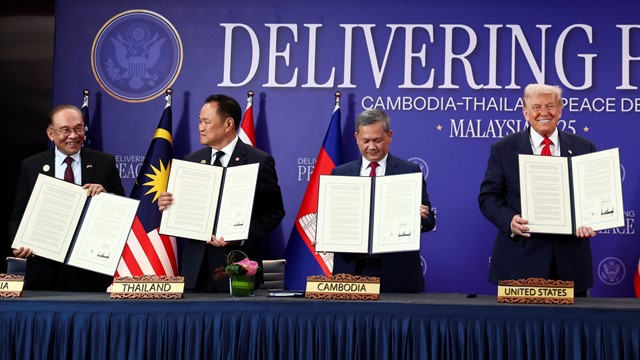


Comments Here: